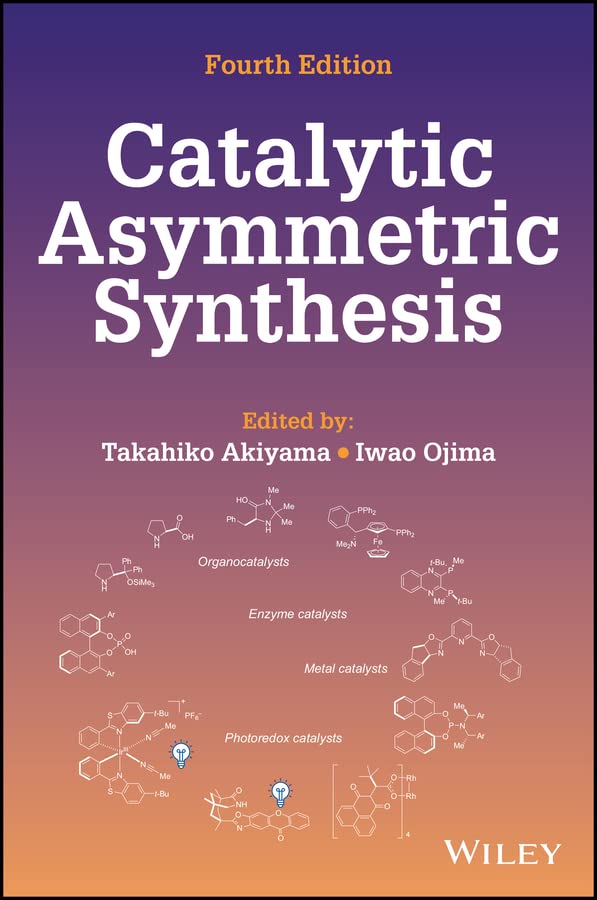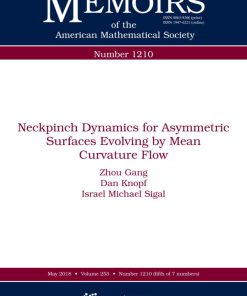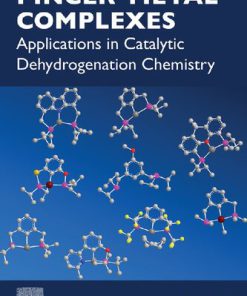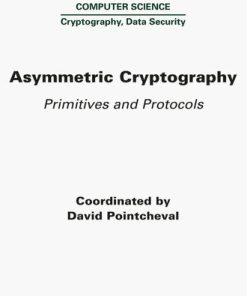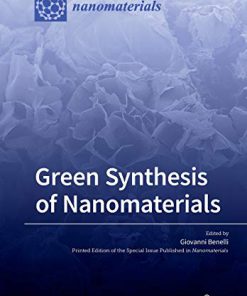PART I: ASYMMETRIC ORGANOCATALYSIS
ASYMMETRIC ENAMINE AND IMINIUM ION CATALYSIS
1.1. Introduction
1.2. Representative Organocatalysts
1.3. Enamine
1.4. Iminium Ion
1.5. Domino Reaction
1.6. Domino Reaction and Total Synthesis
1.7. Combination of Two Catalysts
1.8. Conclusion
References
ASYMMETRIC ACID ORGANOCATALYSIS
2.1. Introduction
2.2. Features of Chiral Brønsted Acids
2.3. Nucleophilic Reactions
2.4. Cycloaddition Reactions
2.5. Michael Reactions
2.6. Reduction
2.7. Addition to Alkenes
2.8. Substitution Reactions
2.9. Rearrangement Reactions
2.10. Miscellaneous Reactions
2.11. Construction of Axially, Planar, and Helically Chiral Compounds
2.12. Combination with Transition Metal Catalysts [25–27]2.13. Combination with Photoredox Catalyst
2.14. Conclusion
Acknowledgments
References
ASYMMETRIC BASE ORGANOCATALYSIS
3.1. Introduction
3.2. Chiral Tertiary Amine Catalysts: Chiral Acid–Base Bifunctional Catalysis
3.3. Chiral Guanidine Catalysts
3.4. Other Chiral Uncharged Organobase Catalysts: Chiral Organosuperbases
3.5. Conclusion and Outlook
References
ASYMMETRIC PHASE‐TRANSFER AND ION‐PAIR ORGANOCATALYSES
4.1. Introduction
4.2. Chiral Cation
4.3. Chiral‐Anion
4.4. Conclusion
References
ASYMMETRIC PEPTIDE CATALYSIS
5.1. Introduction
5.2. Catalysis by N‐Terminal Amino Group of Peptides
5.3. Catalysis by Side Chain Functional Group on Peptides
5.4. Catalysis by Functional Groups Covalently Bound to Peptides
5.5. Peptide Catalysis with Other Types of Catalytic Centers
5.6. Conclusion
References
ASYMMETRIC CARBENE CATALYSIS
6.1. Early Development of Asymmetric NHC Catalysis
6.2. Activation of Substrates Beyond Aldehydes
6.3. Single-Electron Transfer Activation and Radical Reactions
6.4. NHC as Non-Covalent (Brønsted Base) Catalysts
6.5. Cooperative Catalysis of NHCs with Other Catalysts
6.6. Synthetic Applications of NHC Catalysis
6.7. Summary and Outlook
References
ASYMMETRIC HYPERVALENT IODINE CATALYSIS
7.1. Introduction
7.2. Oxidative Dearomative Coupling of Arenols
7.3. Oxidative α‐Functionalization of Carbonyl Compounds
7.4. Oxidative Difunctionalization of Alkenes
7.5. Conclusion and Outlook
References
PART II: ASYMMETRIC PHOTOCHEMICAL REACTIONS AND PHOTOREDOX CATALYSIS
8. ASYMMETRIC VISIBLE‐LIGHT PHOTOREDOX CATALYSIS
8.1. Introduction
8.2. Dual Catalysis Approach
8.3. Single Bifunctional Catalyst Approach
8.4. Conclusion
References
ASYMMETRIC PHOTOREDOX REACTIONS WITHOUT PHOTOCATALYSTS
9.1. General Introduction
9.2. Photoexcitation of Organocatalytic Intermediates
9.3. Photoexcitation of Metal-Based Intermediates
9.4. Photochemistry and Biocatalysis
9.5. Methods Based on the Direct Excitation of Substrates
9.6. Conclusions
Acknowledgments
References
ENANTIOSELECTIVE PHOTOCHEMICAL [2+2] CYCLOADDITION REACTIONS
10.1. Introduction
10.2. Chiral Organocatalysts
10.3. Chiral Metal Catalysts
10.4. Dual Catalysis
10.5. Chiral Metal‐Organic Cages
10.6. Concluding Remarks
Acknowledgments
References
PART III: ASYMMETRIC SYNTHESIS THROUGH C–H BOND ACTIVATION
11. ASYMMETRIC C–H FUNCTIONALIZATION OF C(sp2)–H BOND
11.1. Introduction
11.2. Palladium Catalysis
11.3. Rhodium Catalysis
11.4. Iridium Catalysis
11.5. Ruthenium Catalysis
11.6. Scandium Catalysis
11.7. Nickel Catalysis
11.8. Cobalt Catalysis
11.9. Copper Catalysis
11.10. Iron Catalysis
11.11. Conclusions
Acknowledgments
References
ASYMMETRIC C–H FUNCTIONALIZATION OF C(sp3)–H BOND
12.1. Introduction
12.2. C(sp3)–H Bond Insertion by Metal Carbeneoids and Metal Nitrenoids
12.3. Concerted Metalation‐Deprotonation for Asymmetric C(sp3)–H Activation
12.4. C(sp3)–H Activation via Oxidative Addition Mechanism
12.5. Conclusion
References
PART IV: ASYMMETRIC SYNTHESIS THROUGH CARBON–HALOGEN BOND FORMATION AND ENZYME CATALYSIS
13. ASYMMETRIC CARBON–HALOGEN BOND FORMING REACTIONS (Excluding C–H Activation Processes)
13.1. Introduction
13.2. Asymmetric C–F Bond Formation with Metal Catalysts
13.3. Asymmetric C–F Bond Forming Reactions Using Chiral Phase Transfer Catalysis
13.4. Asymmetric Organocatalytic Formation of C–F Bonds
13.5. Asymmetric Formation of C–F Bonds via Miscellaneous Reactions
13.6. Enantioselective Chlorination
13.7. Enantioselective Bromination
13.8. Asymmetric Carbon–Iodine Bond Formation
13.9. Conclusions
Acknowledgments
References
ENZYME‐CATALYZED ASYMMETRIC SYNTHESIS
14.1. Types of Biocatalyzed Processes
14.2. Kinetic Resolution
14.3. Dynamic Processes in Biocatalyzed Asymmetric Synthesis
14.4. Deracemizations
14.5. Parallel Kinetic Resolutions
14.6. Desymmetrization
14.7. Multi(Chemo)enzymatic Reactions
14.8. Conclusions and Outlook
References
PART V: ASYMMETRIC HYDROGENATION
15. ASYMMETRIC HYDROGENATION
15.1. Introduction
15.2. Asymmetric Hydrogenation of Functionalized Olefins
15.3. Asymmetric Hydrogenation of Unfunctionalized Olefins
15.4. Asymmetric Hydrogenation of Ketones
15.5. Asymmetric Hydrogenation of Imines
15.6. Conclusions
References
PART VI: ASYMMETRIC CARBON–CARBON BOND FORMING REACTIONS
16. ASYMMETRIC NUCLEOPHILIC ADDITION TO KETONES AND KETIMINES AND CONJUGATE ADDITION REACTIONS
16.1. Introduction
16.2. Asymmetric Nucleophilic Addition to Ketones
16.3. Asymmetric Nucleophilic Addition to Ketimines
16.4. Catalytic Asymmetric Conjugate Addition
16.5. Conclusions
Acknowledgments
References
ASYMMETRIC ALLYLIC ALKYLATION, ALLYLATION, AND RELATED REACTIONS
17.1. Introduction and Scope
17.2. Palladium-Catalyzed Enantio

